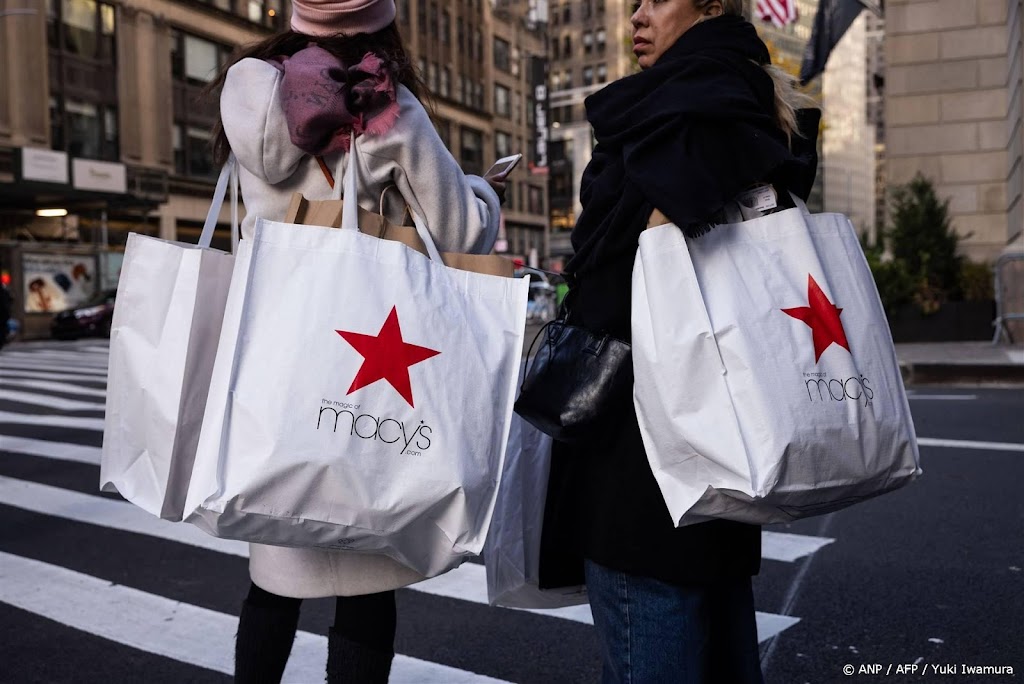Which US bank is the next domino? The question now is not whether there will be another panic in America about a small regional bank, but which bank it will be.
The week began with the rescue of First Republic by JP Morgan, America’s largest bank. This calmed the financial markets somewhat, but another victim was soon discovered: Backwest. The stock fell after news that the bank was looking for “strategic options” and financial partners. Other regional banks also saw their rates decline.
The current panic raises questions in the US about whether the current mechanisms that support the banking system so important to the economy are still working. The debate mainly focuses on the deposit guarantee scheme, which now guarantees deposits up to USD 250,000 in the US (in Europe the guarantee runs up to EUR 100,000). Is the way things are organized now creating more panic among account holders and investors?
A deposit guarantee scheme is precisely intended to prevent bank runs. If the bank fails, account holders can always access their money. The idea is that if there is negative news about their financial institution, account holders will not immediately reach into their pockets and withdraw their money.
In the United States, a domino bank operation in the 1930s led to the formation of the National Deposit Guarantee System. In 1934, the Federal Deposit Insurance Corporation (FDIC) was established, which guaranteed deposits of up to $2,500, and virtually brought peace to the American banking industry. Only nine banks failed in 1934, compared to nine thousand in the previous four years.
The amount of three bank balance sheets
In 2023, it won’t be about the thousands of banks that failed — the FDIC covers more than four thousand banks in total. But in recent months the fall of Silicon Valley Bank (SVB), Signature and First Republic has had a major impact. The balance sheets of the three banks covered by the FDIC guarantee program are slightly larger than all the US banks that failed during the credit crisis (investment banks, Lehman Brothers and Bear Stearns not included).
Pain in the deposit guarantee system is limited: deposits above USD 250,000 are no longer guaranteed. This does not mean that the excess assets are gone in the event of an unregulated bankruptcy of the bank. However, there’s a good chance that account holders won’t have access to their money for a long time: after the bankruptcy is settled and the assets are sold. And whether the full amount will be refunded is also questionable.
Warranty coverage played an important role in SVB, Signature and First Republic. Many customers had over $250,000 in their accounts. Among those account holders, they emptied their accounts en masse when they realized that their bank was in financial trouble. For example, First Republic customers withdrew $100 billion from the bank in the first quarter, more than half.
In doing so, customers made their (former) bank’s financial problems even worse. In order to have enough liquid assets to pay off savings, banks had to sell loans and other assets at a loss. One of the reasons for SVB’s decline was that it reported a $1.8 billion loss on foreclosures of $21 billion worth of U.S. Treasury securities on its books.
After SVB’s bankruptcy – the savings accounts were emptied and the FDIC had to step in – calm returned to the financial markets only after more than USD 250,000 of the bank’s assets were guaranteed. Not long after, Treasury Secretary Janet Yellen indicated she wanted to do the same for other stressed banks, but that was only a short-term reassurance to financial markets. With PacWest reeling and rumors of a “strategic options” study surrounding Western Alliance — which the bank has denied — criticism of the current system is mounting.
Prominent hedge fund manager Bill Ackman US Regional Banking System tweeted “At risk”. Banking is a trust game. At this rate, no regional bank can sustain bad news or bad numbers, as a stock price inevitably follows and both insured and uninsured assets are withdrawn. According to Ackman, the FDIC is required to make a final commitment that all assets above $250,000 are insured. “Failure to deliver on that promise has driven more nails into the coffin of the Republic since.”
The The FDIC released last Monday – Coincidentally just before the announcement of the First Republic Rescue – a study of possible alternatives to the current system. In the end it would be a good idea to increase trade receivables so that companies can always change their salaries and pay suppliers. The FDIC did not release the exact amount, but media outlets believed it was $2.5 million. For individuals, the limit is quarter million. However, it will take some time for a new system to take effect — according to Ackman, the FDIC must already provide a hard guarantee in the meantime.
Insurance reimbursement is recommended
Activist investor Nelson Peltz made an additional proposal in Financial Times This week. Account holders with more than $250,000 in their accounts must pay a small insurance fee to the FDIC in exchange for the guarantee. Regional banks should stop banking. “We are one of the few countries where there is a large network of small regional banks. They’ve supported small businesses for over a hundred years – I don’t think we can afford to lose them.
According to Harald Beninck, professor of banking and finance at Tilburg University, the deposit guarantee scheme should not only be seen as increasing. According to him, the way the system is now organized is “no longer credible”, especially given the speed with which customers can withdraw money through their smartphones and the speed with which news and rumors about financial institutions spread on social media. .
read more: What happened to ‘no more banking crisis’?
The idea of a limit to the ‘insurance’ offered by this system was precisely what was intended Moral hazard FIDC writes in its research that such a system causes After all, the risk of guarantees is that bank managers will take more risks in their loans and investments because the money they manage in their bank is ‘safe’ for account holders. After all, there is no incentive for consumers and businesses to figure out which bank is financially healthy and which is risky among the deposits it is entrusted with.
Let the bank stop payment arrears with the central bank
Harold Bening Prof
By fixing the limit, there should be some more incentive for customers to look for a safe bank, thereby encouraging banks not to take too much risk in order to attract more savings. By guaranteeing all amounts, that incentive disappears.
However, according to Benning, practice in the US already shows that an implied guarantee above USD 250,000 applies. “That’s not surprising, because payment as an institution is an essential function of the economy, the public good.”
According to Benning, alternatives that have a regulatory effect on banks should now be considered. “For example, make sure that companies and consumers can pay safely by forcing banks to park all payment balances with a central bank for long periods of time. Banks would have to look for funding for loans other than money in current accounts. That would actually have a regulatory effect, because banks would have to protect their bondholders and shareholders. They need to be convinced that it is not a risky investment.
A version of this article also appeared in the May 6, 2023 issue of the newspaper.

“Passionate analyst. Thinker. Devoted twitter evangelist. Wannabe music specialist.”






/s3/static.nrc.nl/images/gn4/stripped/data100100940-1df02a.jpg)
More Stories
US economic growth is weaker than expected
Blinken: China's dissent must be handled responsibly
Research on opportunities for the horticultural business community in the United States